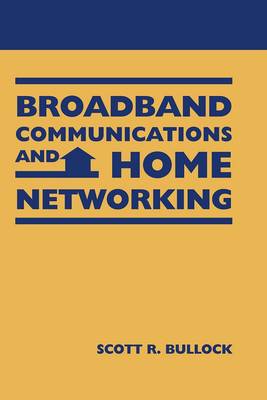Telecommunications
2 total works
This book provides the engineer and manager with a very good understanding of the processes needed to effectively perform the system design for broadband communication systems and home networking approaches. It is ideal for all engineers that design and analyze wireless, spread spectrum and basic broadband communication systems and are involved with the design of basic networking systems. It provides a good intuitive approach starting from basic telephony to satellite communications.
Transceiver and System Design for Digital Communications
by Scott R Bullock
Now in its 3rd edition, this successful book provides an intuitive approach to transceiver design, allowing a broad spectrum of readers to understand the topics clearly. It covers a wide range of data link communication design techniques, including link budgets, dynamic range and system analysis of receivers and transmitters used in data link communications, digital modulation and demodulation techniques of phase-shift keyed and frequency hopped spread spectrum systems using phase diagrams, multipath, gain control, an intuitive approach to probability, jamming reduction method using various adaptive processes, global positioning systems (GPS) data link, and direction-finding and interferometers, plus a section on broadband communications and home networking. Various techniques and designs are evaluated for modulating and sending digital data. Thus readers gain a firm understanding of the processes needed to effectively design wireless data link communication systems.

